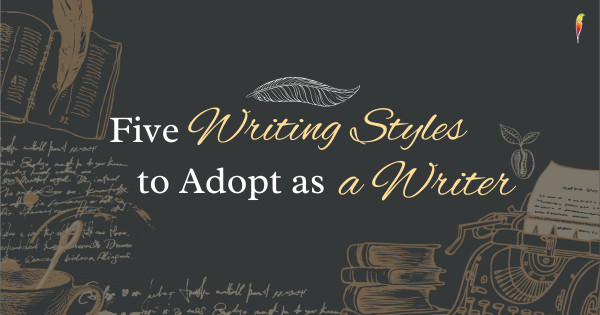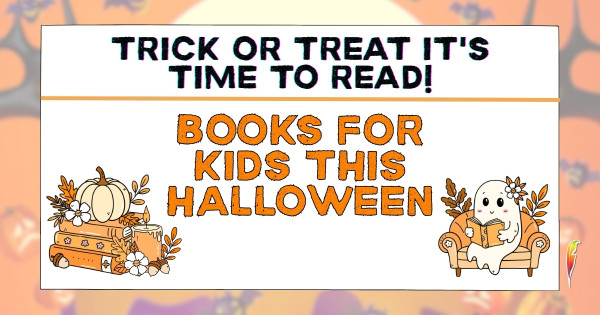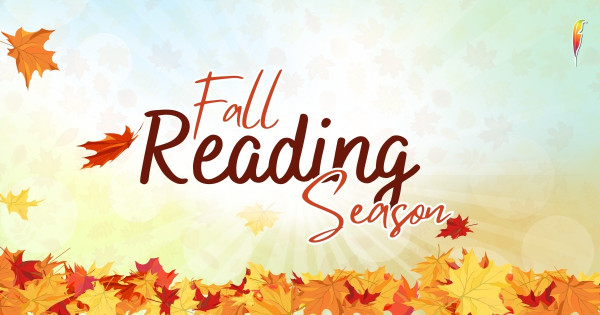
All You Need to Know About Different Types of Writing on National Day on Writing!
The National Council of Teachers of English has established the 20th October as the National Day on Writing. The day aspires to raise awareness to the amazing works of writing Americans engage in and to help make writers aware of their craft from all walks of life.
For work or fun, becoming a stronger writer isn’t that simple. Different types of writing serve different purposes, and it\'s important to understand the goal you’re trying to achieve so you can utilize the technique that will help you achieve them.
Read on to learn more about the five types of writing styles and how to improve your skills.
Narrative Writing
Narrative writing is storytelling at its most basic. It is about sharing what happens to a fictional or factual character over a period of time. It uses the most common elements of storytelling such as plot, character, emotion, setting, conflict, and a core message you’re aspiring to relay. It’s useful to master this art as people tend connect best with this form of writing. For instance, you might use narrative writing in:
- Novels and short stories
- Memoirs
- Creative essays
- Feature stories
- Presentations or speeches
Descriptive Writing
Descriptive writing is all about capturing every intricate detail of the person, place, or subject you’re writing about. The purpose is to immerse the reader in the experience and make them feel a part of the story. It involves crafting, striking and elaborate descriptions using all five senses: sight, smell, hearing, touch, and taste. Some examples include:
- Poems or song lyrics
- Fiction such as novels or short stories
- Copywriting
- Narrative nonfiction, such as memoirs
Persuasive Writing
Persuasive writing is about getting your point and opinion across in a thoughtful way to convince the reader of a viewpoint or idea. There are different types of evidence you can use when trying to persuade, such as statistical evidence, anecdotal evidence, testimonial evidence, and textual evidence. You’ll see persuasive writing used in:
- Essays
- Op-eds
- Speeches or presentations
- Copywriting for conversion
- Sales writing
- Cover letters
- Letters of recommendation
Expository Writing
The purpose of this writing style is to explain a subject or inform about a particular topic area and teach the reader about any questions they might have like who, what, why, when, and how questions. Unlike persuasive writing, expository writing is based on facts and shouldn’t have an angle or agenda. For instance, you’ll see expository writing in:
- How-to or “explainer” articles
- Help center articles, FAQ pages, or other copy explaining how something works
- Textbooks
- Technical or business writing
- Training materials
Creative Writing
As with any artistic medium, the rules are meant to be broken. Creative writing is the kind that doesn\'t befit any of the styles above or is a combination of the styles to find new surprising ways to tell stories that can excite and intrigue readers. Here are some ideas of where you might see creative writing:
- Humor writing or satire
- Poetry
- Flash fiction
- Creative nonfiction
- Data journalism
Enjoy writing and happy National Day on Writing!
Austin Macauley is a leading book publishing house headquartered in the UK, US, and UAE. We are currently accepting manuscripts. Click submit to send us your manuscript.
For online submission of manuscripts, click the online submission form. Connect with us on Facebook, Instagram, and Twitter.
We use cookies on this site to enhance your user experience and for marketing purposes.
By clicking any link on this page you are giving your consent for us to set cookies



